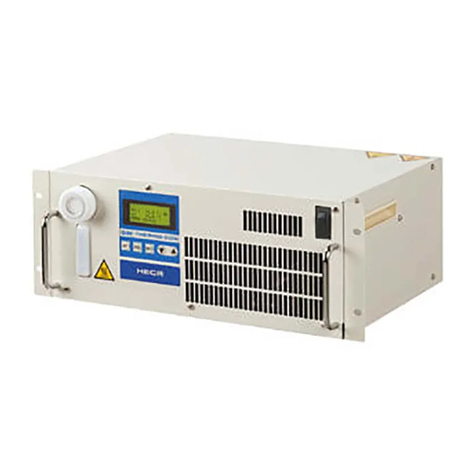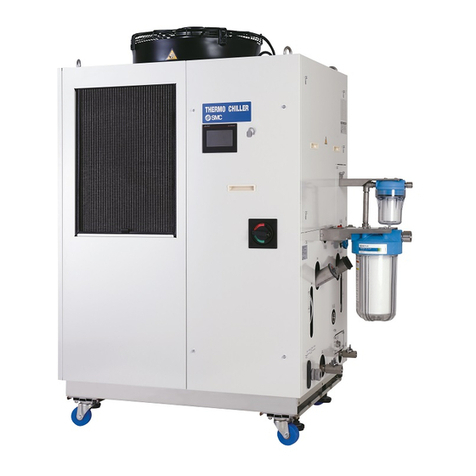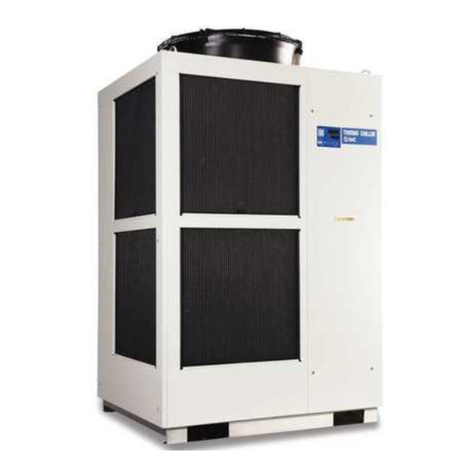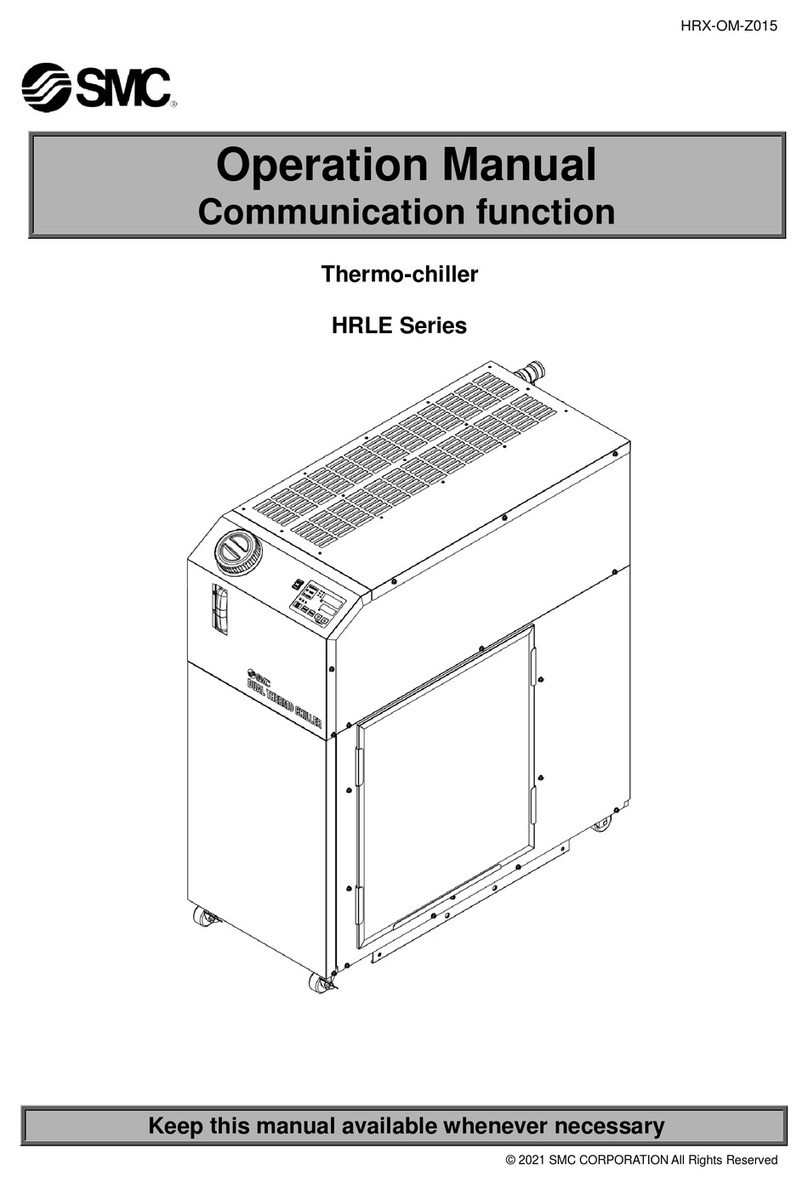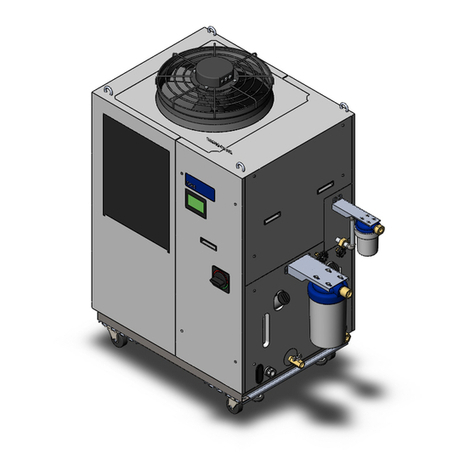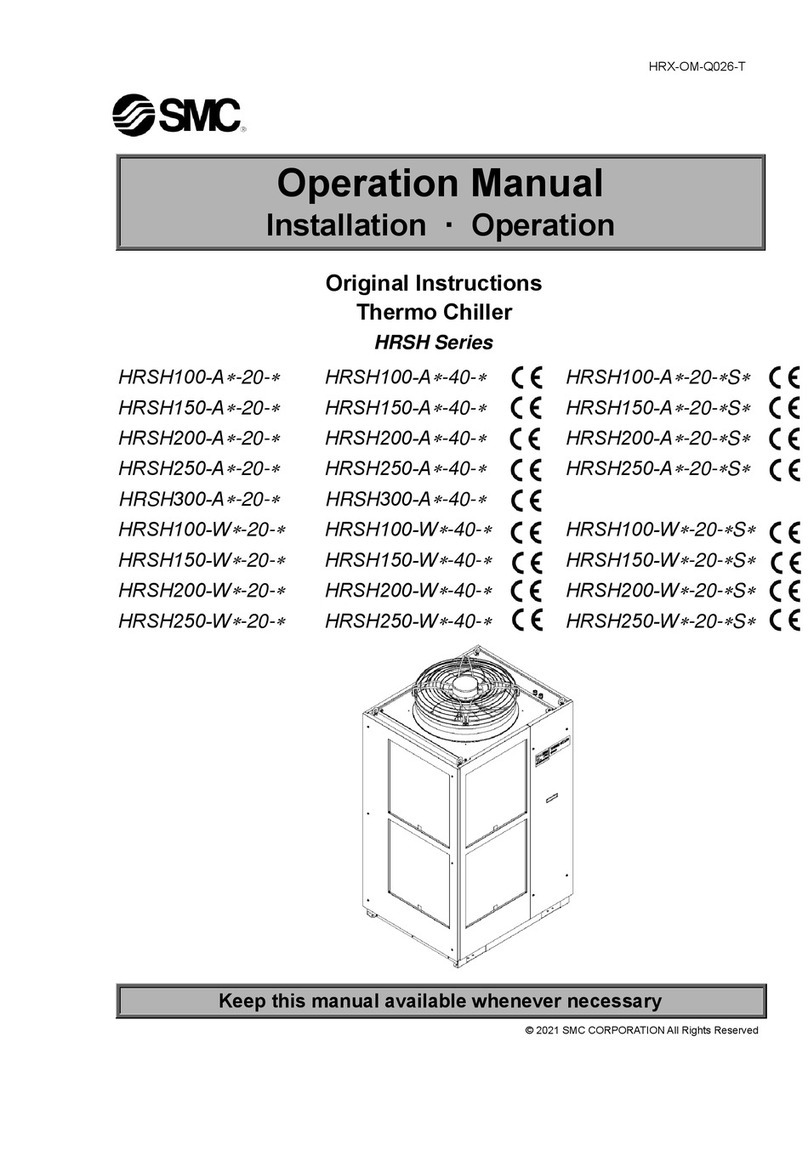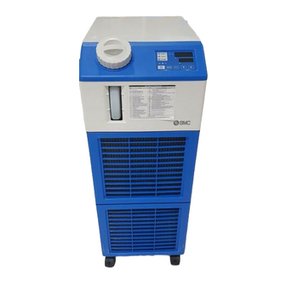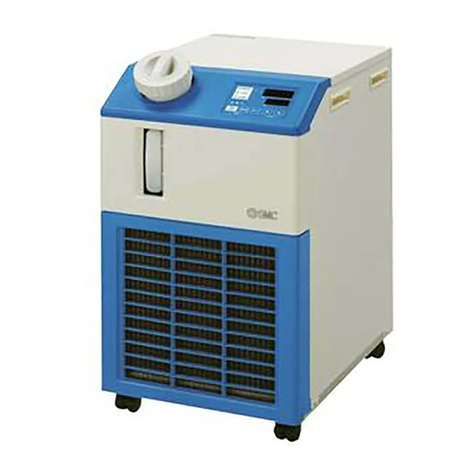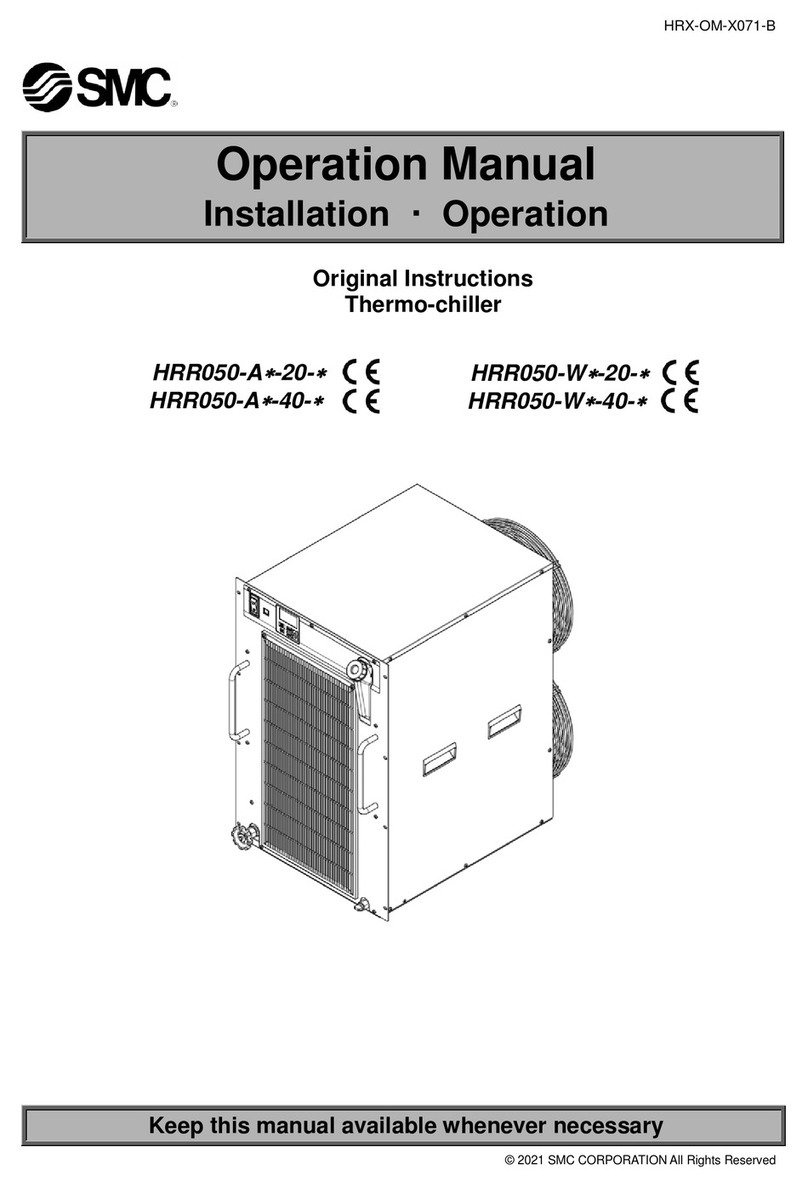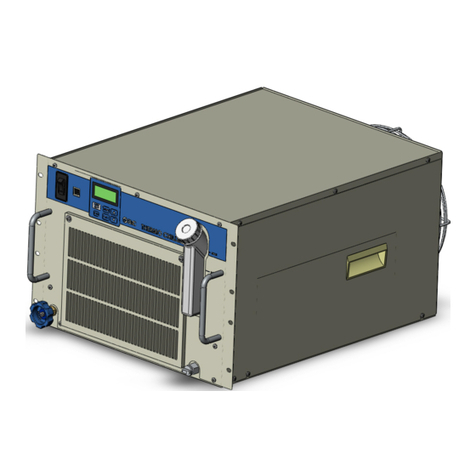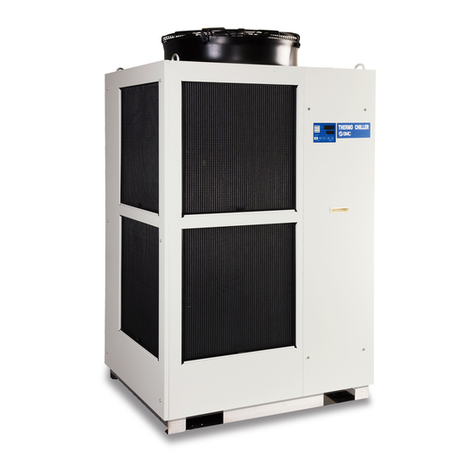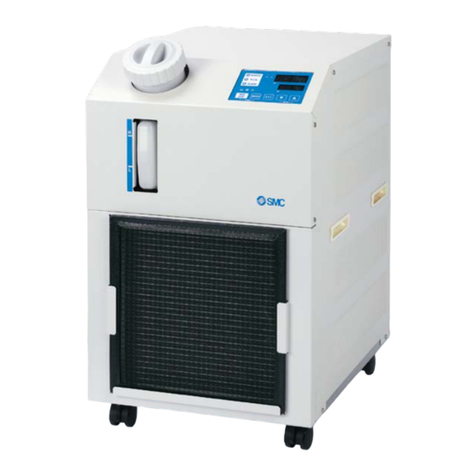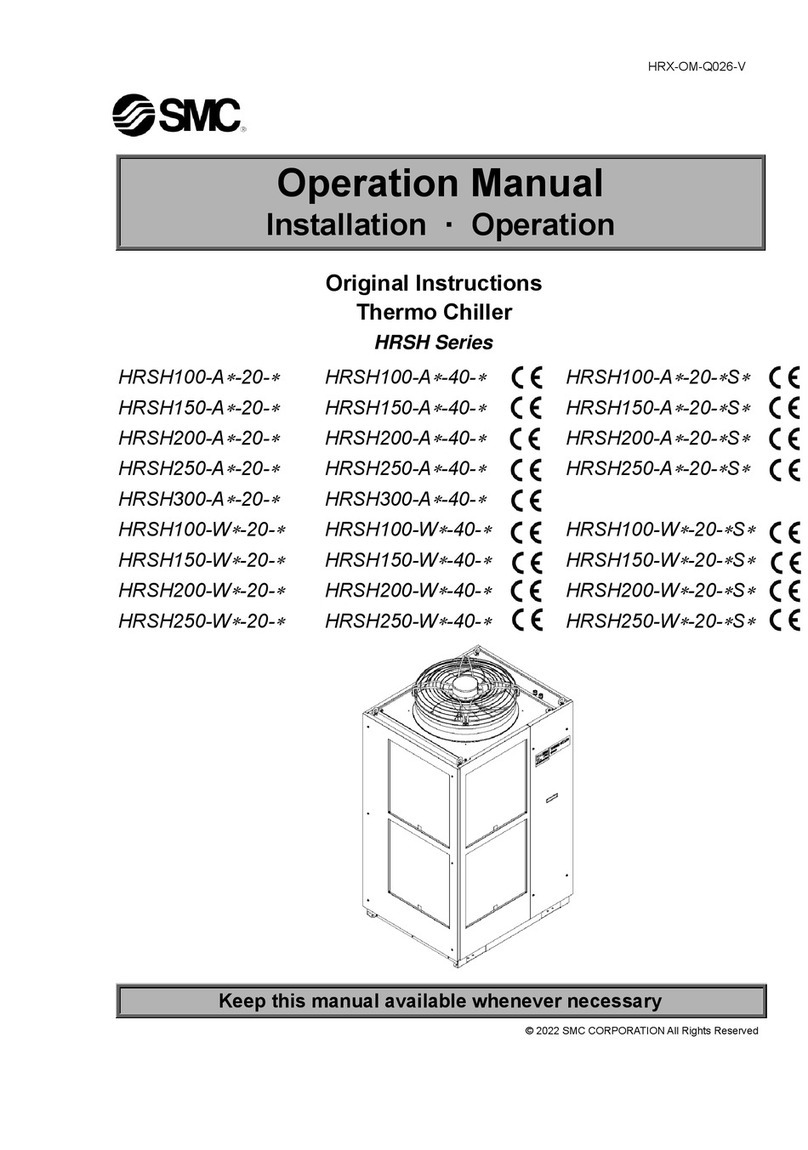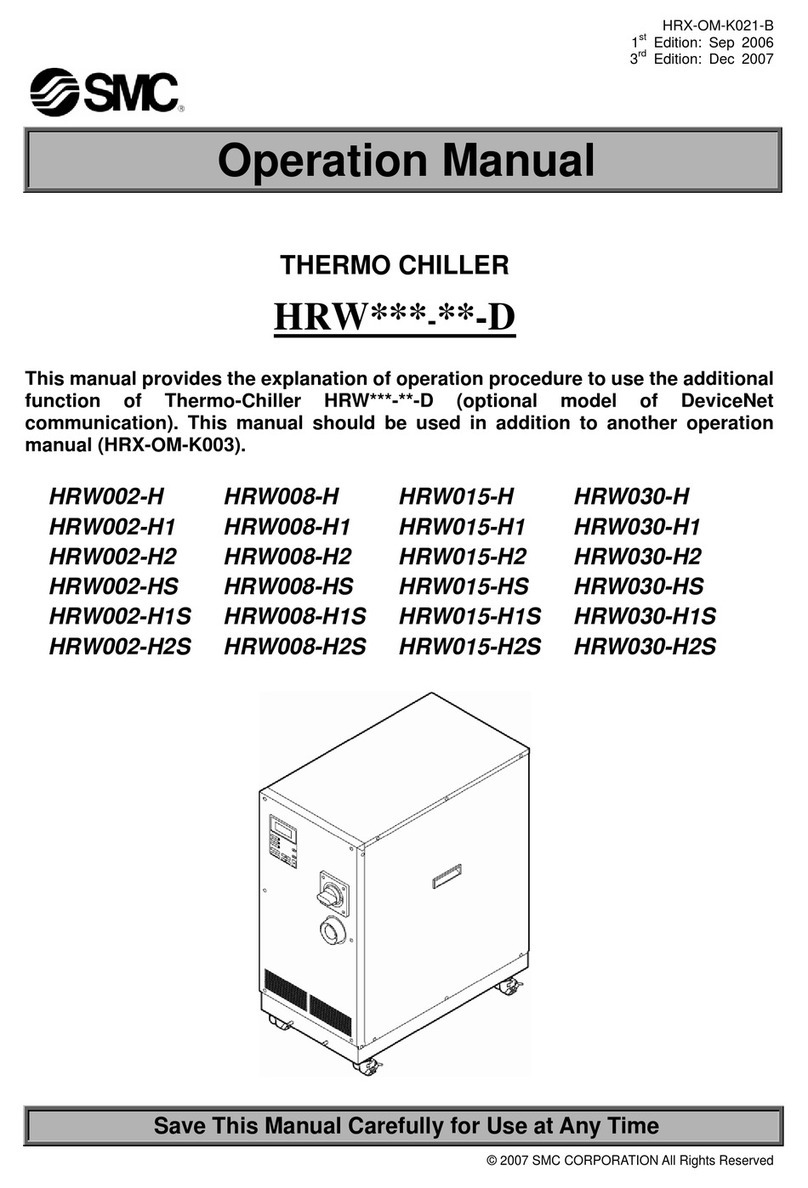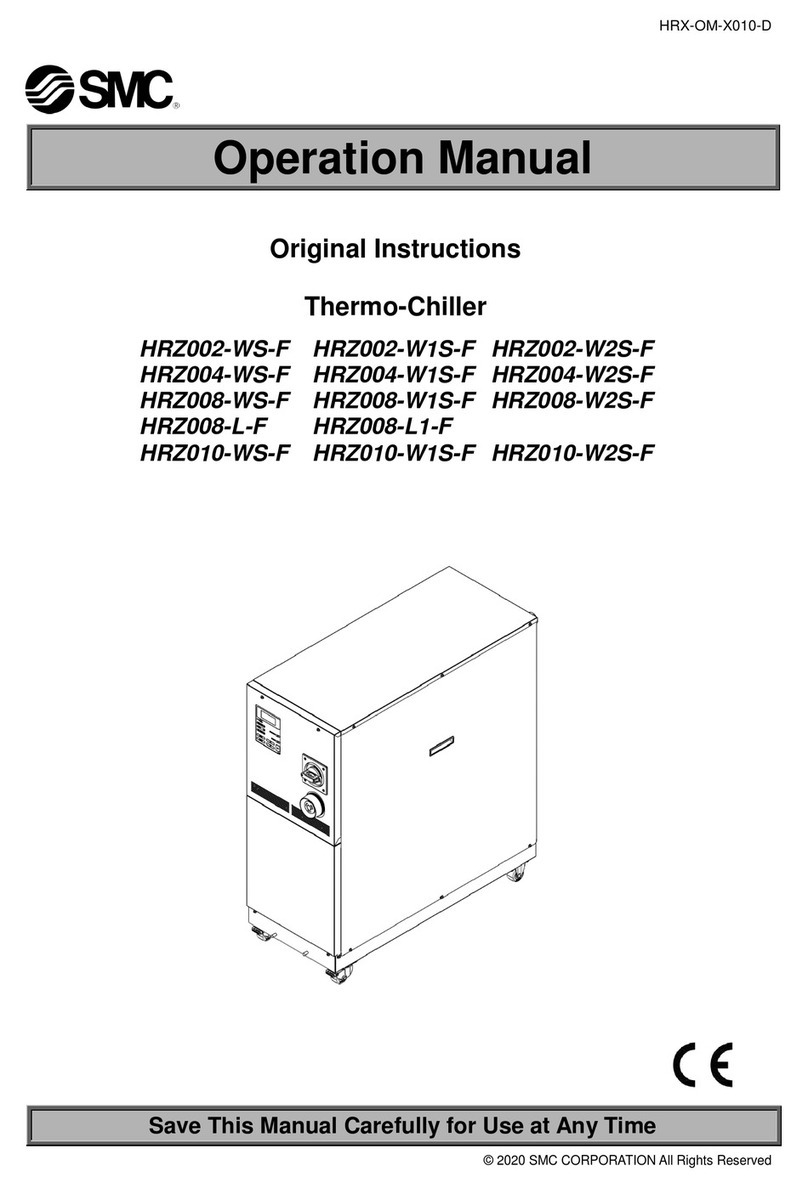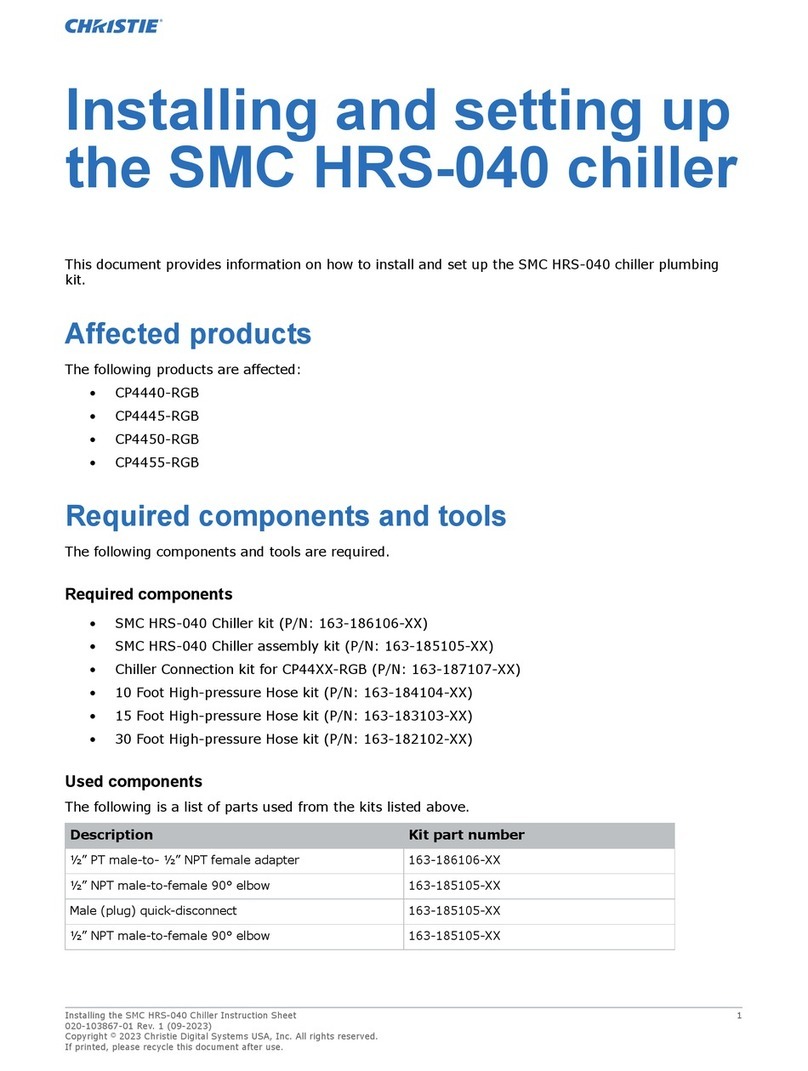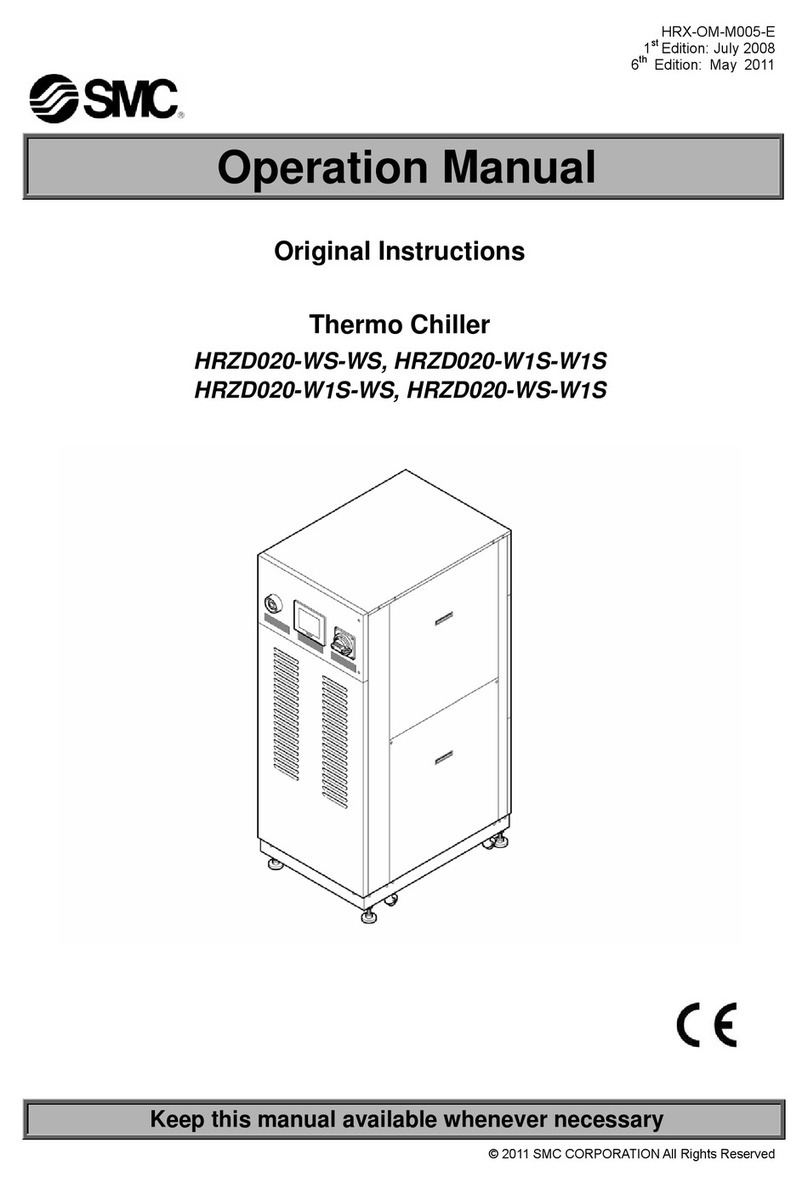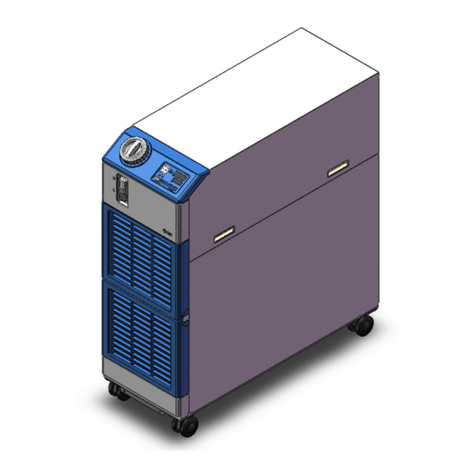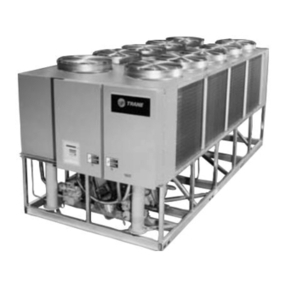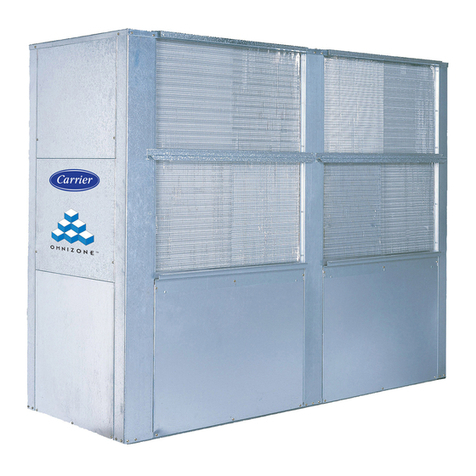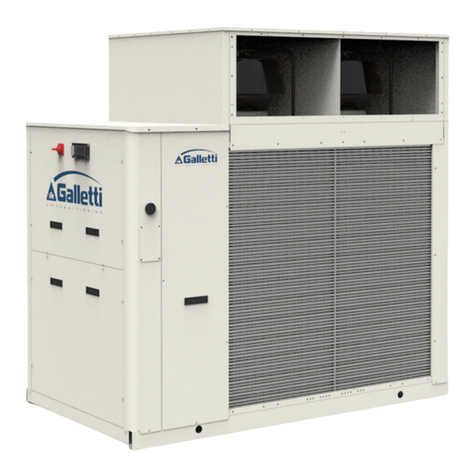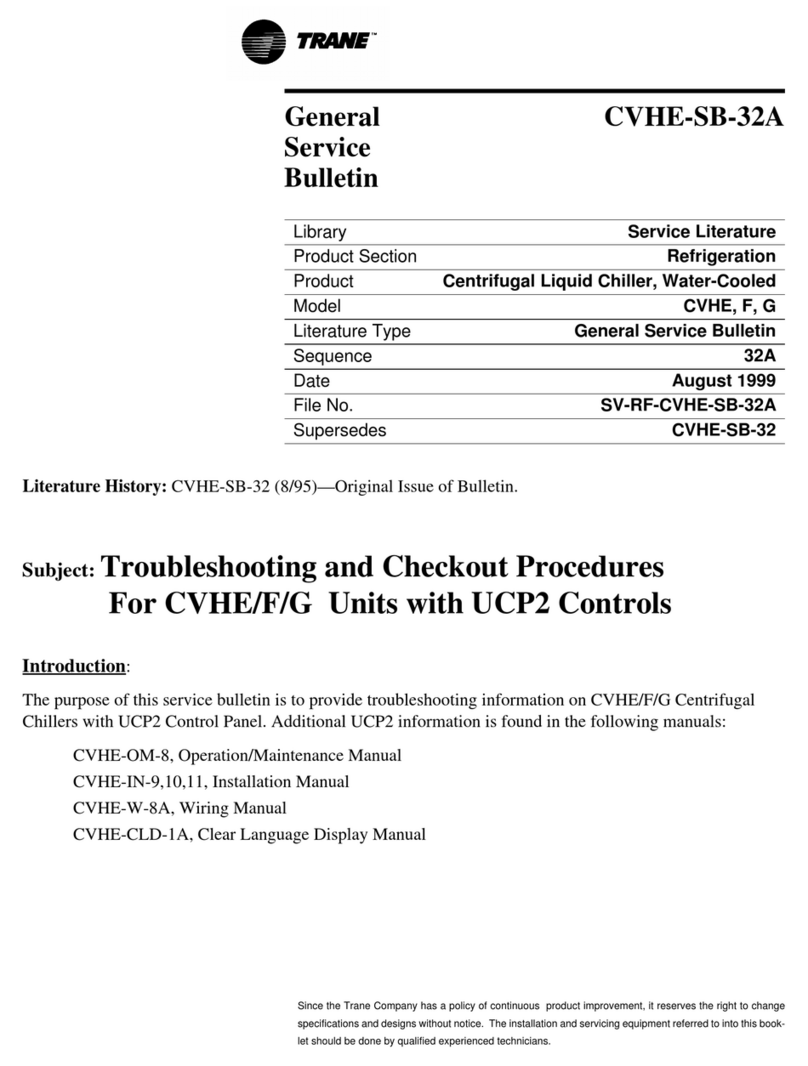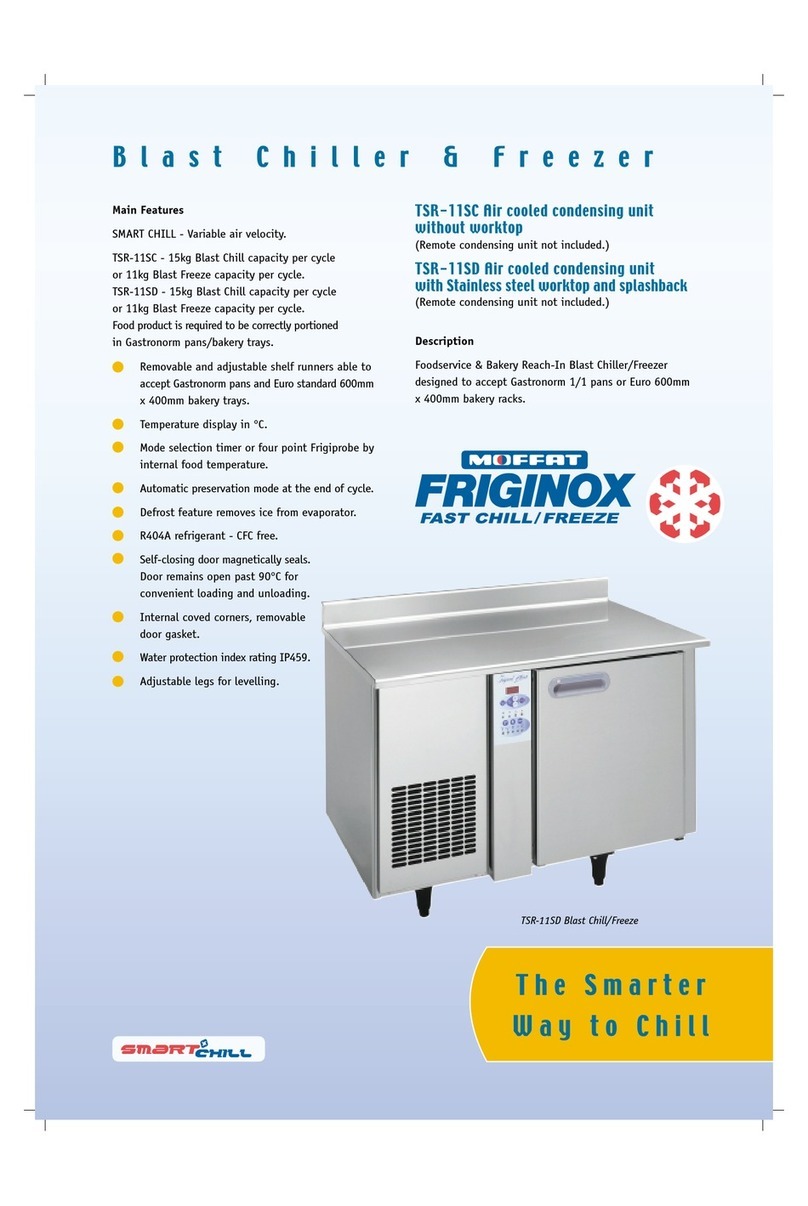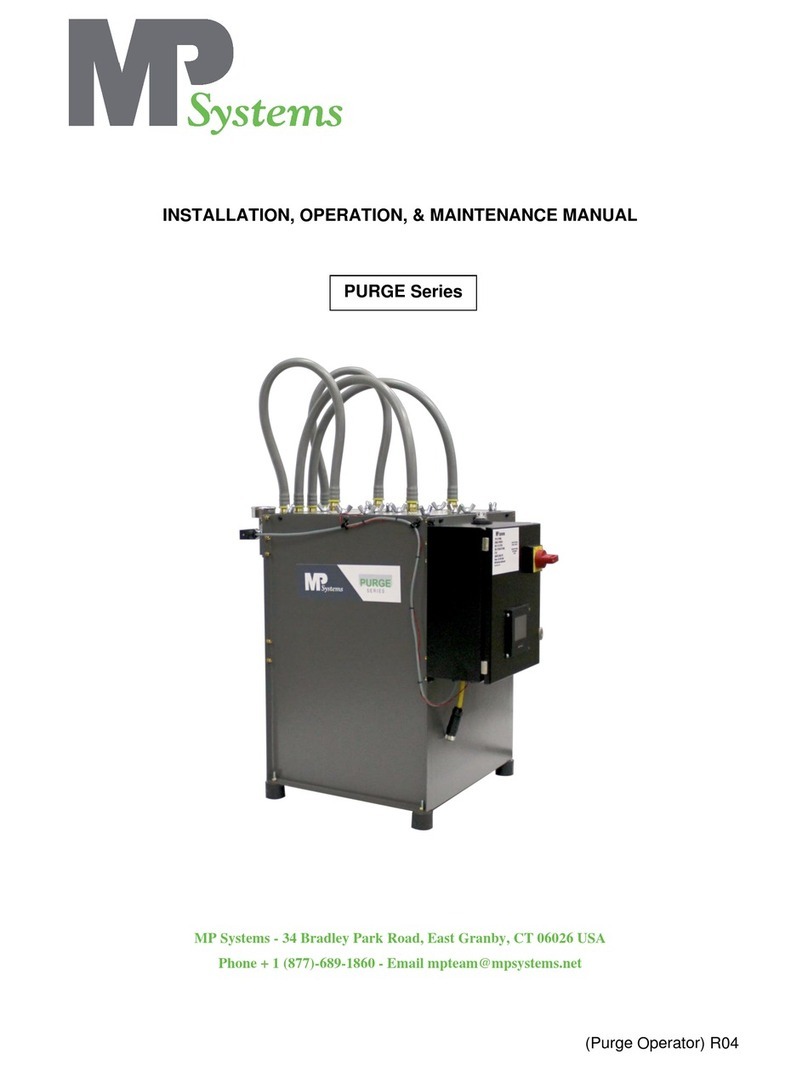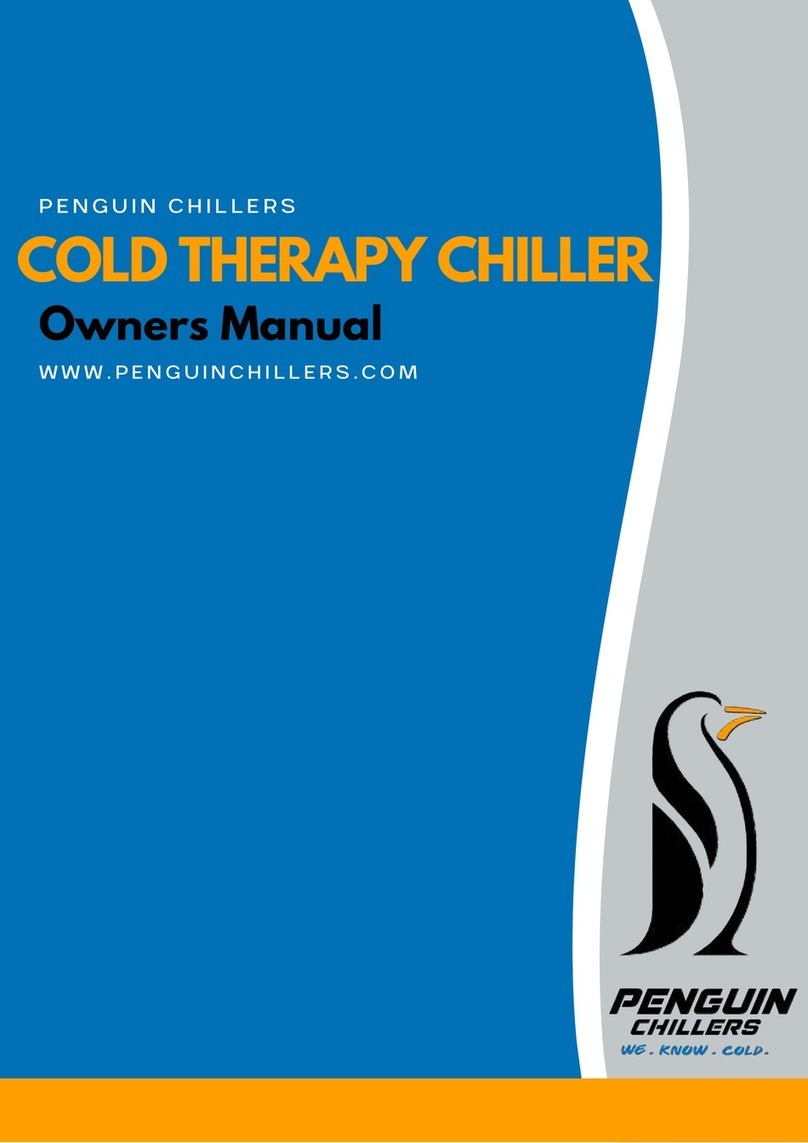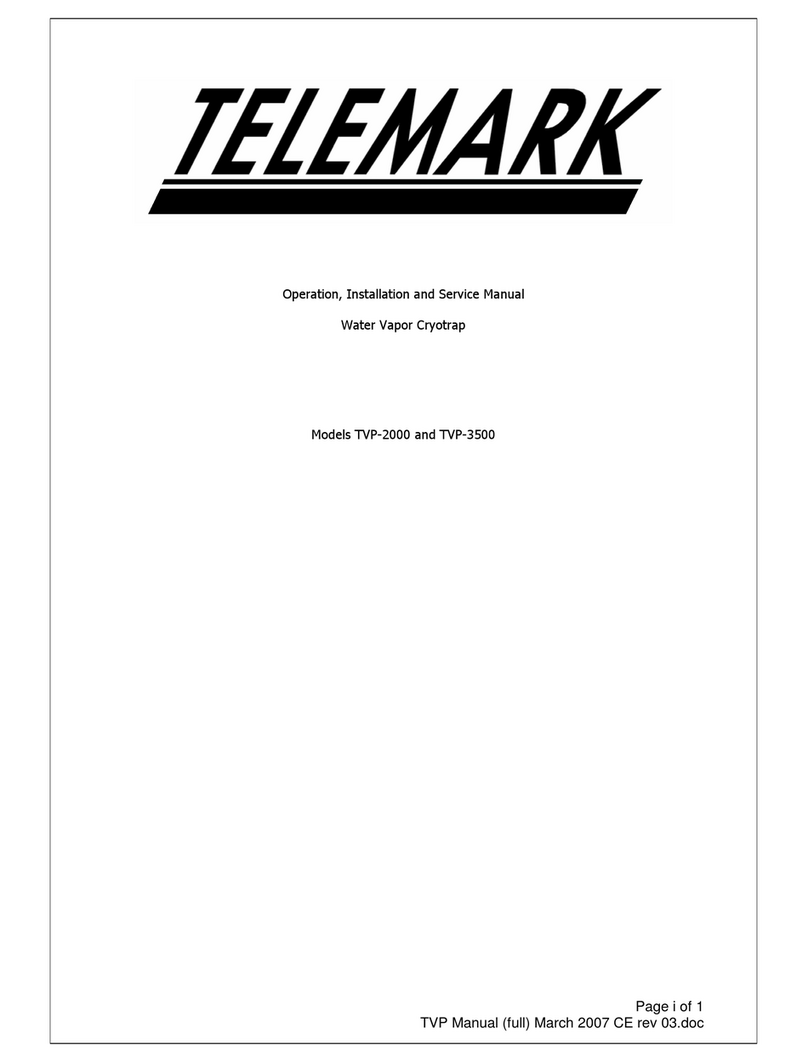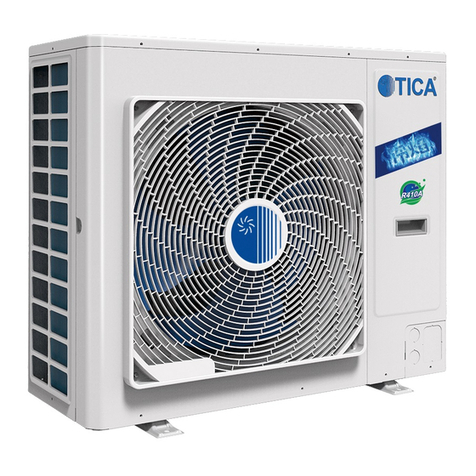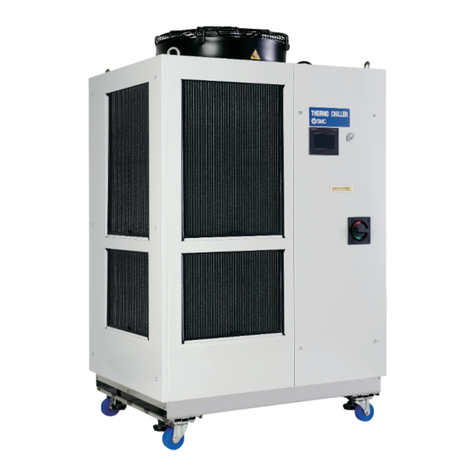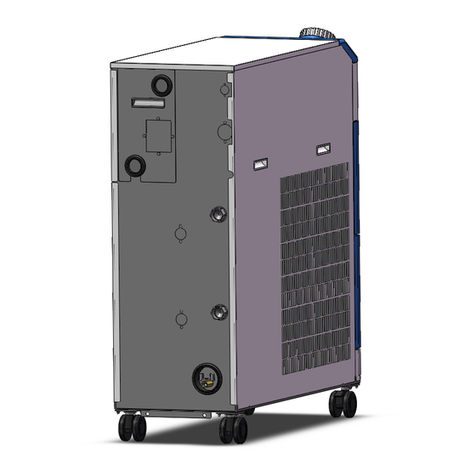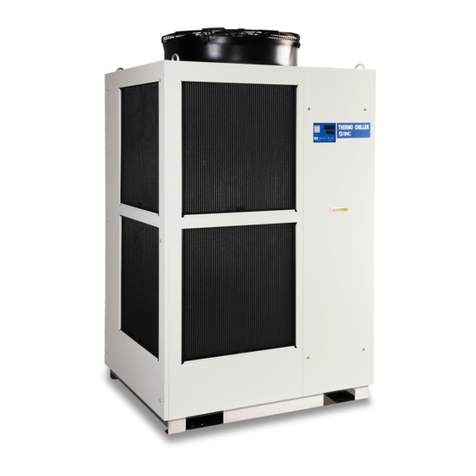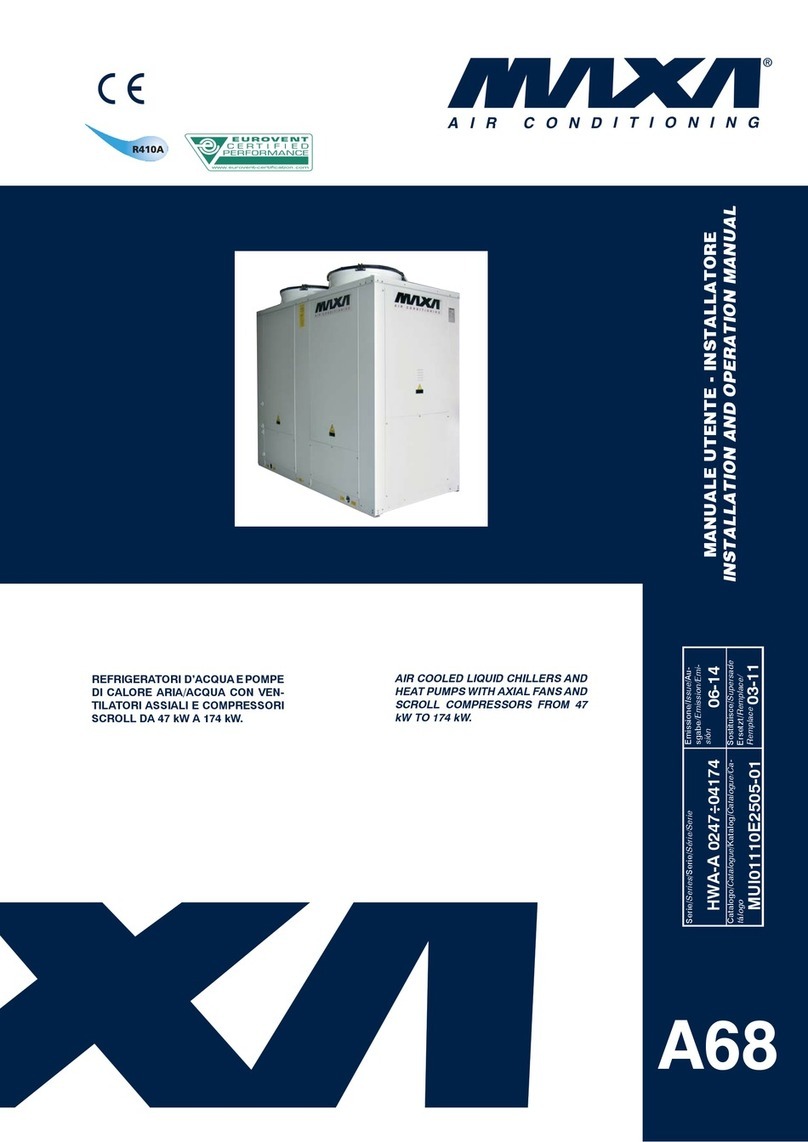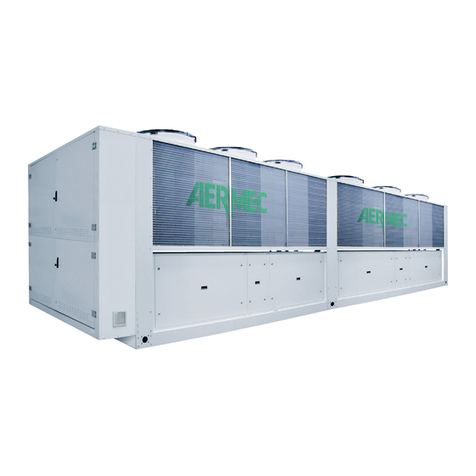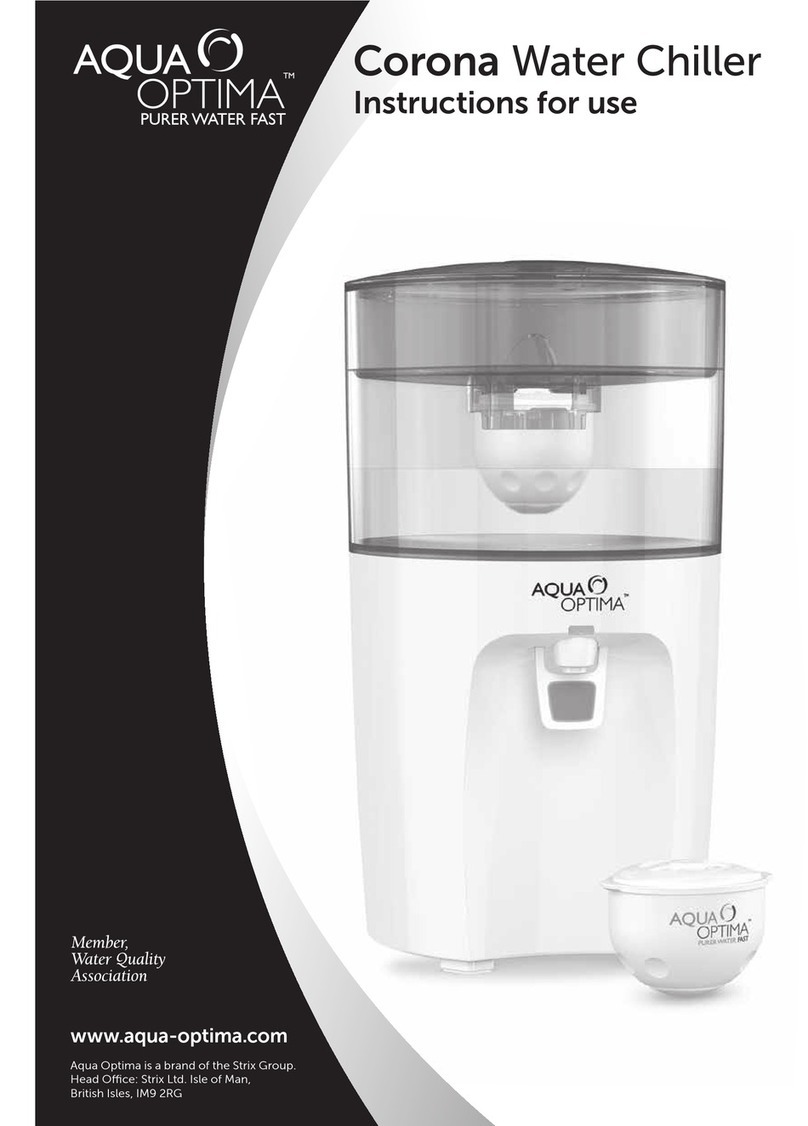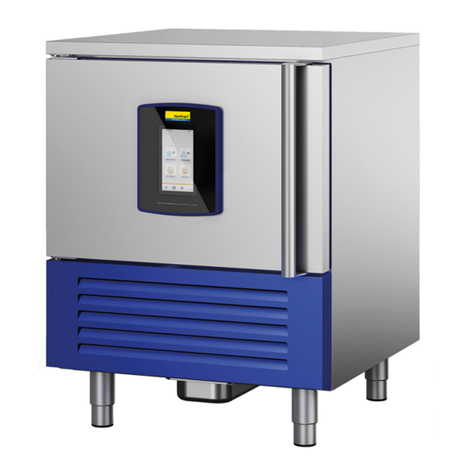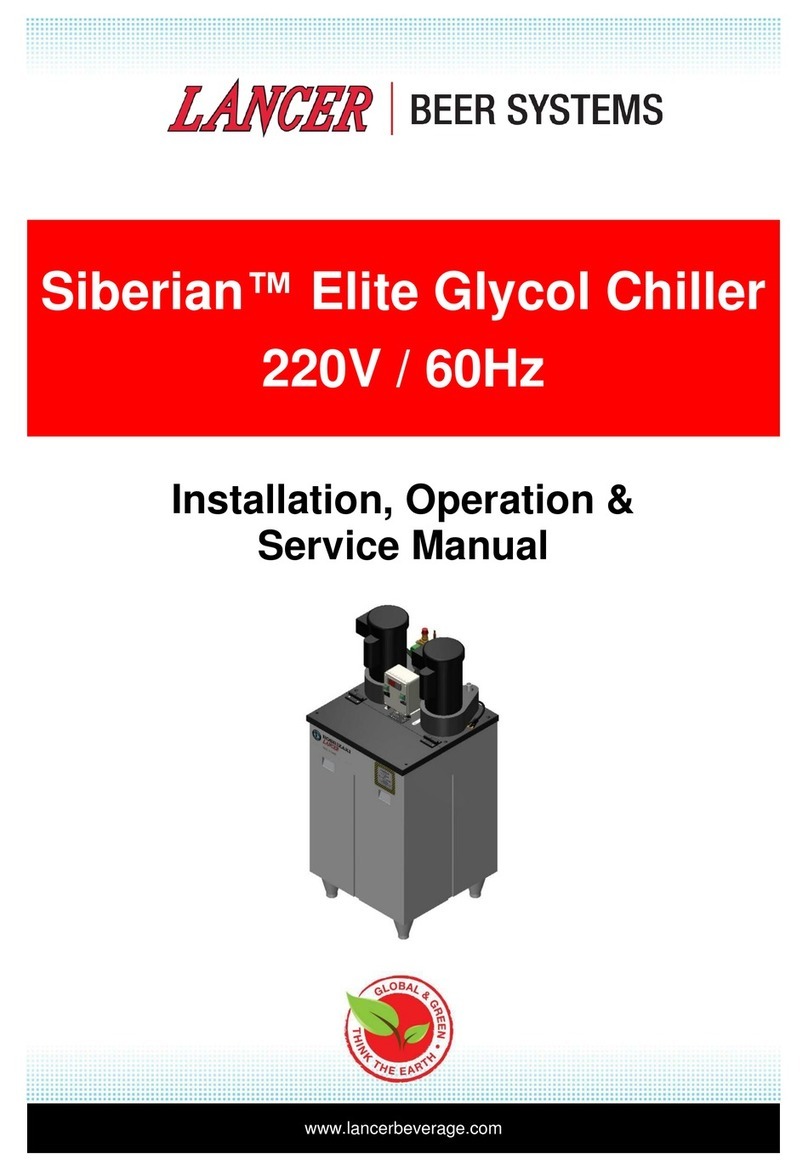
HRX-OM-W032
Contents
HRS Series
5.8.1 Ready completion (TEMP READY) signal ........................................................................ 5-19
5.8.2 Ready completion (TEMP READY) signal setting / checking ........................................... 5-20
5.9 Offset Function...................................................................................................... 5-22
5.9.1 Offset function ................................................................................................................... 5-22
5.9.2 Usage example of offset function...................................................................................... 5-23
5.9.3 Setting/checking of offset function..................................................................................... 5-25
5.10 Operation Restoration after Power Failure.......................................................... 5-27
5.10.1 Operation restoration function after power failure............................................................. 5-27
5.10.2 Setting/checking of the operation restoration function...................................................... 5-28
5.11 Anti-freezing Function .......................................................................................... 5-29
5.11.1 Anti-freezing function......................................................................................................... 5-29
5.11.2 Setting/checking of anti-freezing function ......................................................................... 5-30
5.12 Key Operation Sound Setting............................................................................... 5-31
5.12.1 Key operation sound setting.............................................................................................. 5-31
5.12.2 Setting/checking of the key operation sound .................................................................... 5-31
5.13 Temperature Unit Change..................................................................................... 5-32
5.13.1 Temperature unit change................................................................................................... 5-32
5.13.2 Setting/checking of temperature unit change.................................................................... 5-32
5.14 Pressure Unit Change........................................................................................... 5-33
5.14.1 Pressure unit change ........................................................................................................ 5-33
5.14.2 Setting/checking of pressure unit change ......................................................................... 5-33
5.15 Data Reset Function.............................................................................................. 5-34
5.15.1 Data reset function............................................................................................................ 5-34
5.15.2 How to operate reset function ........................................................................................... 5-34
5.16 Accumulated Operating Time Reset Function .................................................... 5-35
5.16.1 Accumulated operating time reset function....................................................................... 5-35
5.16.2 How to operate accumulated operating time reset function.............................................. 5-35
5.17 Warming Up Function ........................................................................................... 5-39
5.17.1 Warming up function.......................................................................................................... 5-39
5.17.2 Setting/checking of warming up function........................................................................... 5-40
5.18 Anti-Snow Coverage Function ............................................................................. 5-42
5.18.1 Anti-snow coverage function............................................................................................. 5-42
5.18.2 Setting/checking of anti-snow coverage function.............................................................. 5-43
5.19 Alarm Buzzer Sound Setting ................................................................................ 5-44
5.19.1 Alarm buzzer sound setting............................................................................................... 5-44
5.19.2 Setting/checking of alarm buzzer sound ........................................................................... 5-44
5.20 Alarm Customizing Function................................................................................ 5-45
5.20.1 Alarm customizing function ............................................................................................... 5-45
5.20.2 Setting and checking of the alarm customizing function................................................... 5-49
5.20.3 Setting of temperature alarm monitoring method and alarm generation timing................ 5-61
